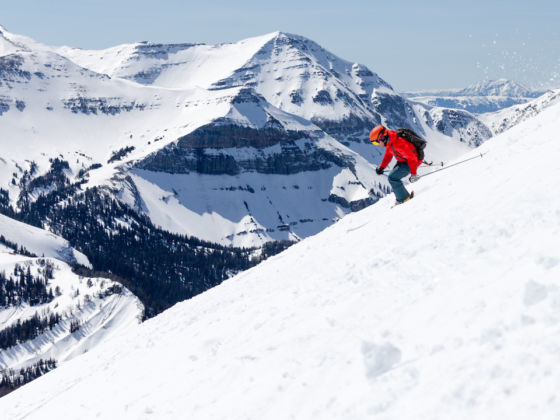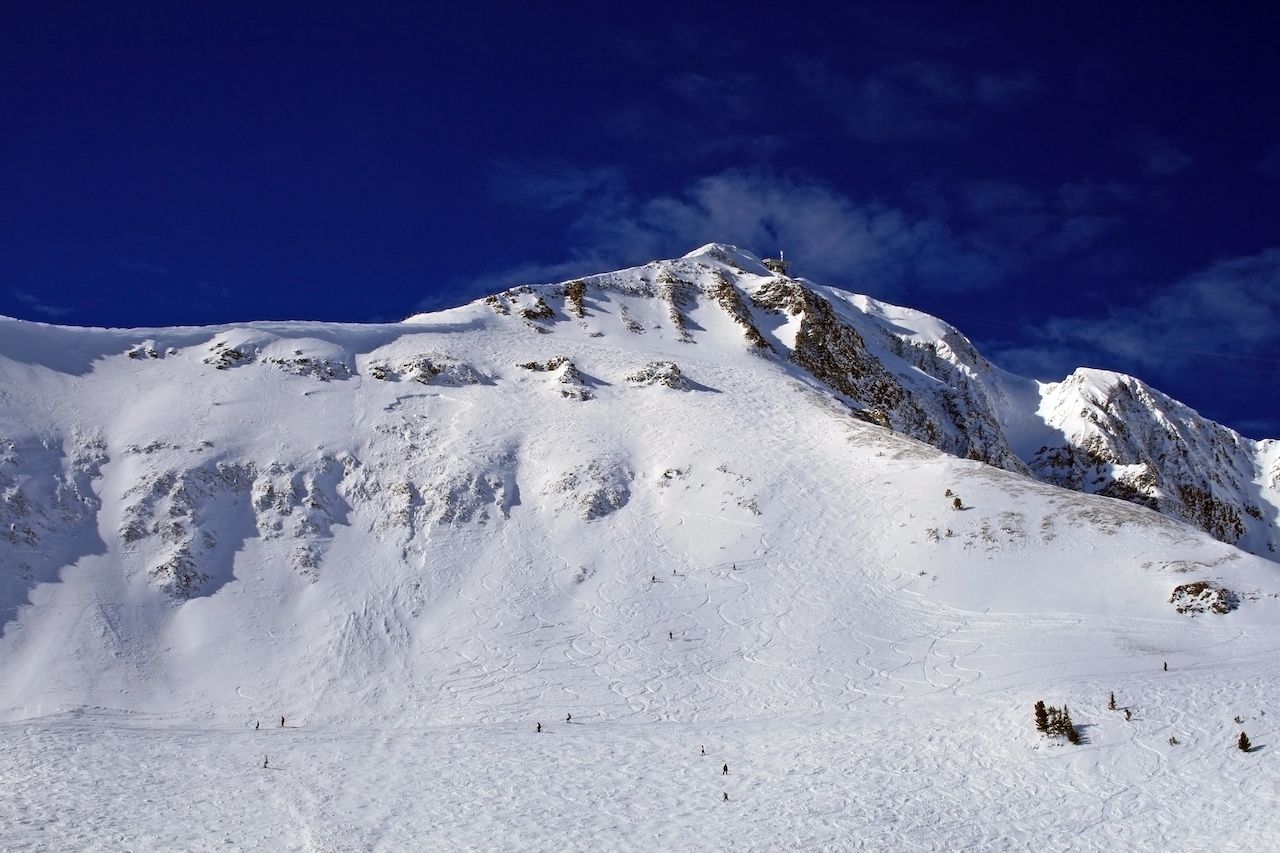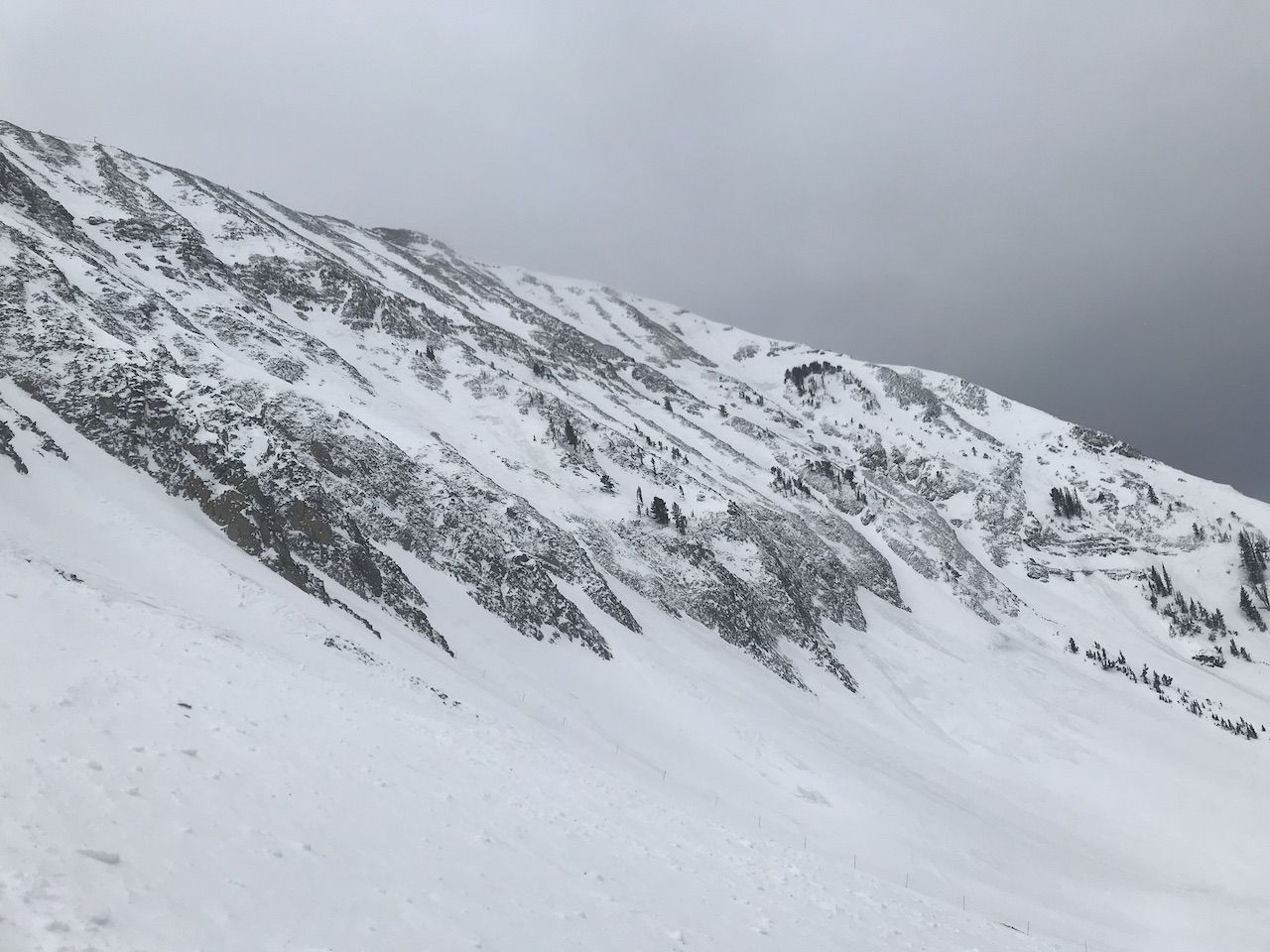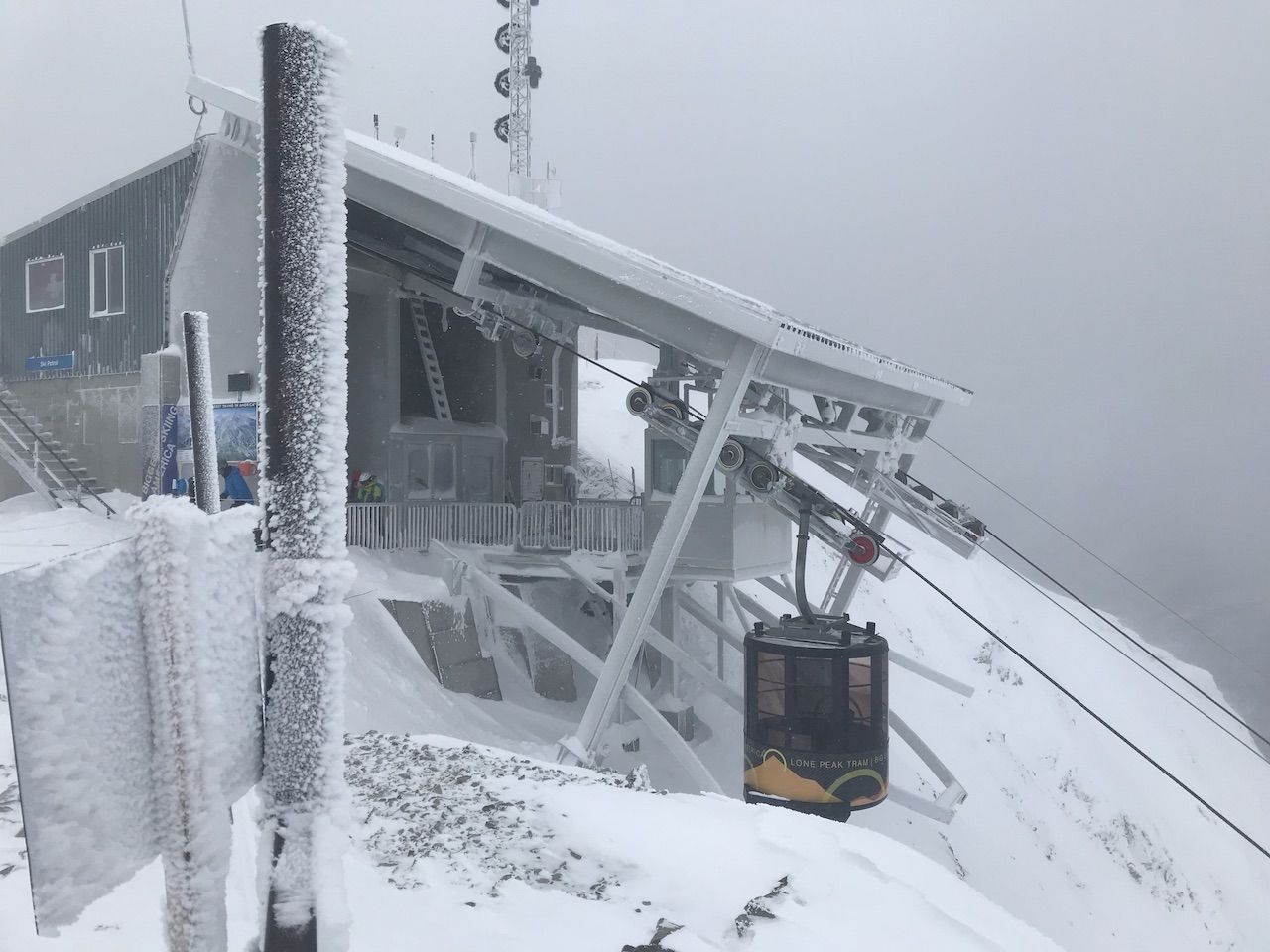Wild, untamed, and home to some of the gnarliest lines you can ski from a chairlift. Such is the lore of Big Sky Montana skiing, which had piqued my interest — as a big-mountain snowboarder and adventurer — for more than a decade.
I came to Montana to find what seems to be rapidly disappearing from many ski areas under corporate conglomeration. I wanted to ride some extreme terrain, yes, but I also wanted to spend time with the people who built their lives around that terrain, the people increasingly forced out of mountain towns to make room for the next multi-million-dollar development project.
Big Sky was supposed to be the place to find both. A place where — despite being accessible to Ikon Pass holders and adjacent to the one-percenter’s private Yellowstone Club, where the likes of Justin Timberlake and Tom Brady spend their ski holidays — the locals were still just as hardcore as they’ve always been.
I came, in essence, to find out what this place was all about.







